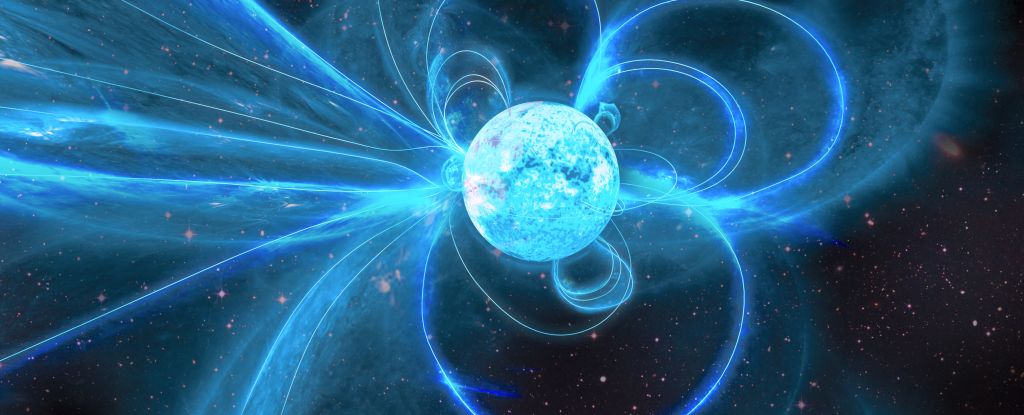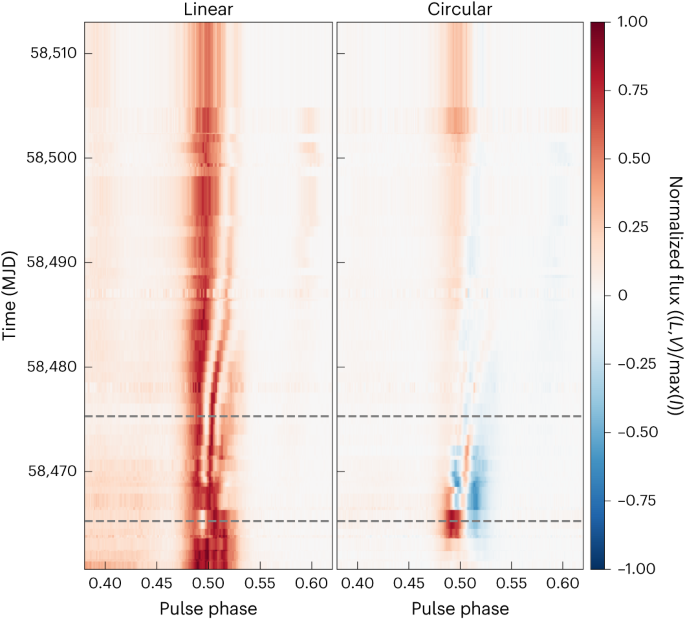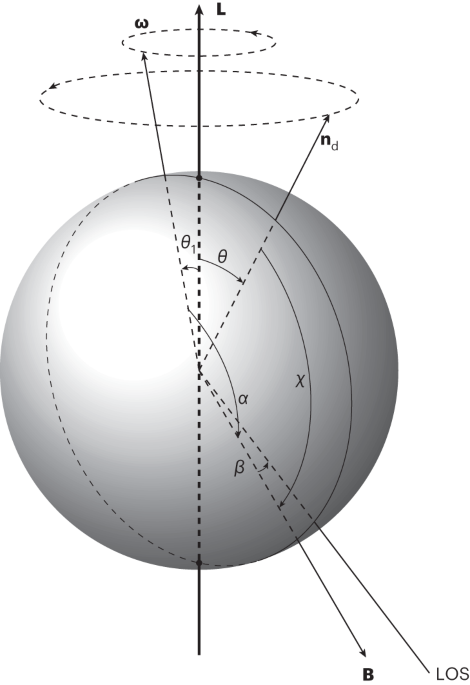At the end of 2008, the magnetar suddenly stopped transmitting. Since then, and despite the sudden radio silence, scientists haven't taken their eyes off it. A decade later, just as suddenly as it had stopped, the emission of radio waves began again.
Now, a team of researchers has analyzed these waves in two separate scientific papers and has come across some extremely strange results: the low-frequency electromagnetic emissions are distorted in a way never seen before and the star appears to be wobbling.
"Unlike radio signals from other magnetars, XTE J1810-197 is emitting huge amounts of circular polarization, changing rapidly," explained astrophysicist Marcus Lower, from CSIRO in Australia. "We've never seen anything like it before," he added, quoted by Science Alert.

Magnetars are strange in themselves. They are very young neutron stars, i.e. collapsed cores of dead massive stars that went supernova and ejected most of the material in a huge explosion.
The remaining core collapses under the action of gravity and is dense - up to 2.3 times the mass of the Sun, compressed into a ball just 20 kilometers in diameter.
After this collapse process, neutron stars have an incredibly powerful, albeit very brief, magnetic field. This makes magnetars behave strangely. However, the recent activity of XTE J1810-197 is unprecedented - and could provide new information about these mysterious stars.
In this investigation, the scientists measured a property of the light emitted by the star known as polarization and found that it was emitting huge amounts of circularly polarized light.
The team argues that this behavior can happen when light has to travel through a thick, superheated "soup" of particles that can be found in the magnetic field of a neutron star. The behavior of XTE J1810-197 doesn't exactly match this prediction, but the scientists suggest a very similar explanation.
Our results suggest that there is a superheated plasma above the magnetar's magnetic pole, which acts as a polarizing filter. How the plasma is triggering this behavior, we still don't know," said Lower.
The same research also found that the polarization revealed a change in the magnetar's orientation in relation to the Earth. Basically, it seems to be wobbling like a spinning top. The strangest thing is that, over the following months, this oscillation decreased significantly and eventually stopped altogether.
The researchers believe that this may be due to a rupture on the star's surface, which could cause it to temporarily oscillate and produce overheated particles in the magnetic field.
If this is the case, then it could put an end to the theory that precessing magnetars emit the rare and repeated fast radio bursts that are occasionally detected. On the other hand, it could indicate the presence of an internal structure in these neutron stars related to our fundamental understanding of matter.
The scientific articles were both published in Nature Astronomy and can be found here and here.








